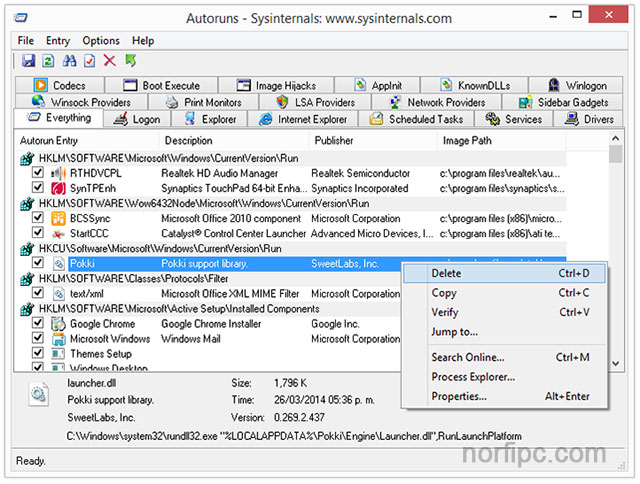

If a program tries to load a DLL that doesn’t exist (which isn’t common nowadays as far as I’m aware), it will eventually look for it in this vulnerable directory.

DLL Hijacking is the first Windows privilege escalation technique I worked on as a junior pentester, with the IKEEXT service on Windows 7 (or Windows Server 2008 R2).


 0 kommentar(er)
0 kommentar(er)
